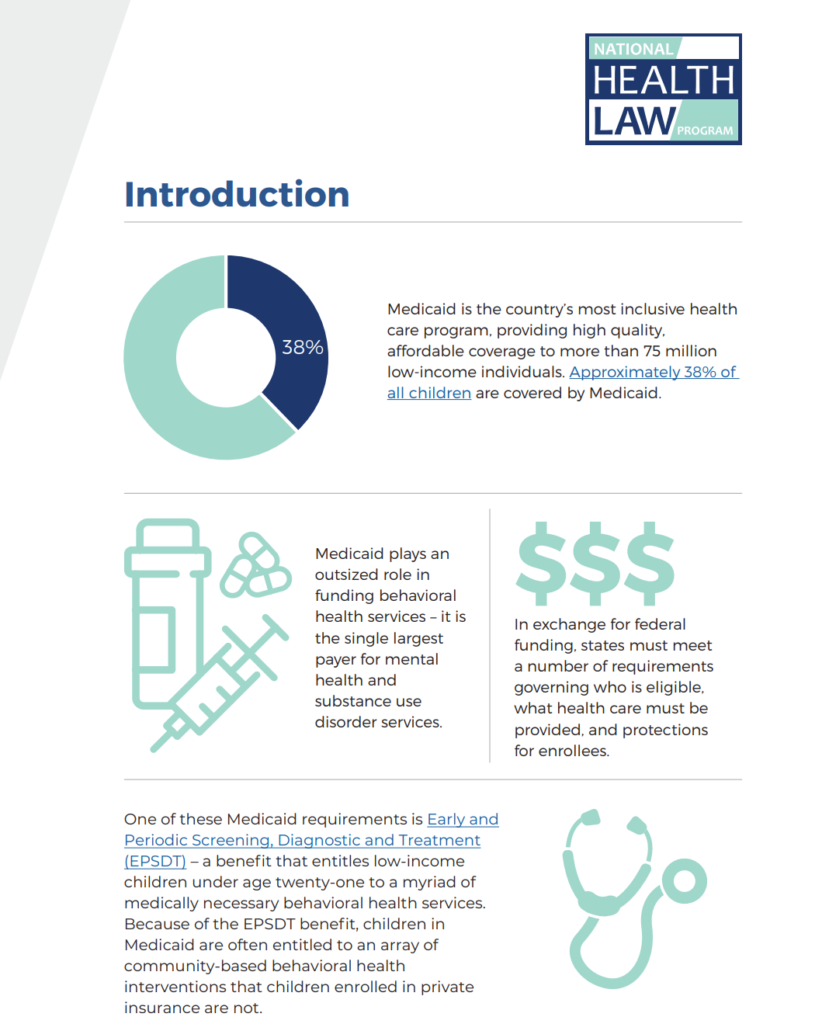The National Law Program published this flip chart which contains various scenarios and barriers that low-income youth with behavioral health conditions might face when trying to access services, and includes suggested steps an advocate could take to work through those barriers.

NOTE: This is not your average issue brief or report. It enables you to flow through scenarios and barriers for action and access!